Nothing says holidays more than a car, a suitcase, sunglasses, and the open road. And here in Spain, we have a wonderful road infrastructure including shiny new three-lane highways that get you out of the cities and plenty of those romantic rural roads that snake around the mountain ridges and coastal cliffs.
There’s a road here for absolutely everyone. Those seeking a spiritual trip might be interested in tracking the Camino de Santiago. Culture vultures might want to loose themselves in the Dali triangle. Sun-seekers could head for the olive groves and cherry blossom in Andalusia. Of course your arrival point is also key to planning a great trip. If you are taking your Porsche on the ferry to Santander, you’ll want to show it some open road along the charming Cantabrian coast taking in a Michelin-prepared meal or two. Maybe you’re driving the family in a 4-wheel drive and want to hike in the wonderful Picos de Europa and some of the other national parks in Spain. Or how about a trip in a camper van with your better half to see the wineries in La Rioja to celebrate the kids flying the nest? Perhaps you are a vintage car fan (did I hear you say Hispano-Suiza) and want to take in Spain’s classic car museums in Malaga and Salamanca.
Spain has so much to offer when it comes to four-wheeled adventures – here are some spectacular driving routes in Spain we think you’ll like…
1 The Olive Groves of Andalusia
The hills around UNESCO-listed Ubeda and Baeza are as stunning as are the towns themselves. Weave your way around the contours and explore the charming towns. We’d add-on a visit to Cordoba, Jaen and Granada in the area. If you fly into Malaga, make sure to visit the great car museum there!
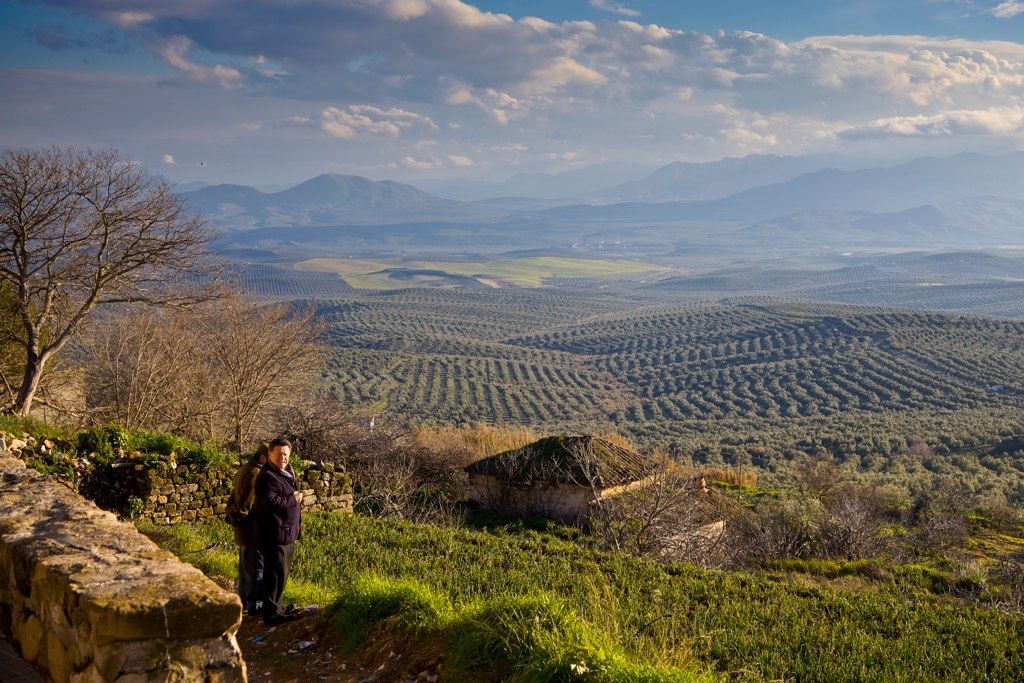
The contours of the hills and valleys between Ubeda and Baeza are hypnotic. Photo credit: ubeda (32 of 72) via photopin (license)
2 Mountains? You want mountains? The Picos de Europa It Is!
This one is a great trip for drivers coming off the ferry at Santander. After 30 mins on a motorway, you’ll pull off onto some charming winding roads, a gorge and then the route opens up to some jawdropping scenery with snow-capped peaks all year round. We’ve booked many trips and here you can see one of these on motorbike – the guys took the ferry into Santander and visited Llanes, Cosgaya, Fuente De and Colindres. From Potes you’ll find many amazing routes – for example the roads that lead up to Cahecho and Lerones where you’ll find wild boar and maybe even spot a bear. If you have 30 mins to spare – take the road south of Potes to Puerto de San Glorio (Llánaves de la Reina) which is the old crossroads between Cantabria, Asturias and Leon.
3 Surrealist Catalonia – charming fishing ports, castles and the Mae Wests red lips
This is the driving route you need to take if you have a fan of surrealism in your company. Fly into Barcelona or drive through France from Perpignan. The road into the charming and quite exclusive white washed fishing post of Cadaques is stunning although if you are driving anything larger than a mini don’t be tempted to explore the old part of town! Take the craggy Costa Brava coastline road that encroaches on the Cap de Creus national park to Portlligat to see Dali’s home and then drive to Figueres to see his museum and his final resting place. Keep an eye out for his Cadillac which has been pimped up in true Dali style. Leave time to drive the 40km to Pubol Castle where Gala and later Dali lived – you can stop off at Empúries on the way to see the Roman ruins if this period is of interest to you. If you have more time in this area, we also recommend the drive to the wonderful Sephardi sites at Besalu and Girona. If the beach beckons, drive to Palafrugell and explore the coastline there.
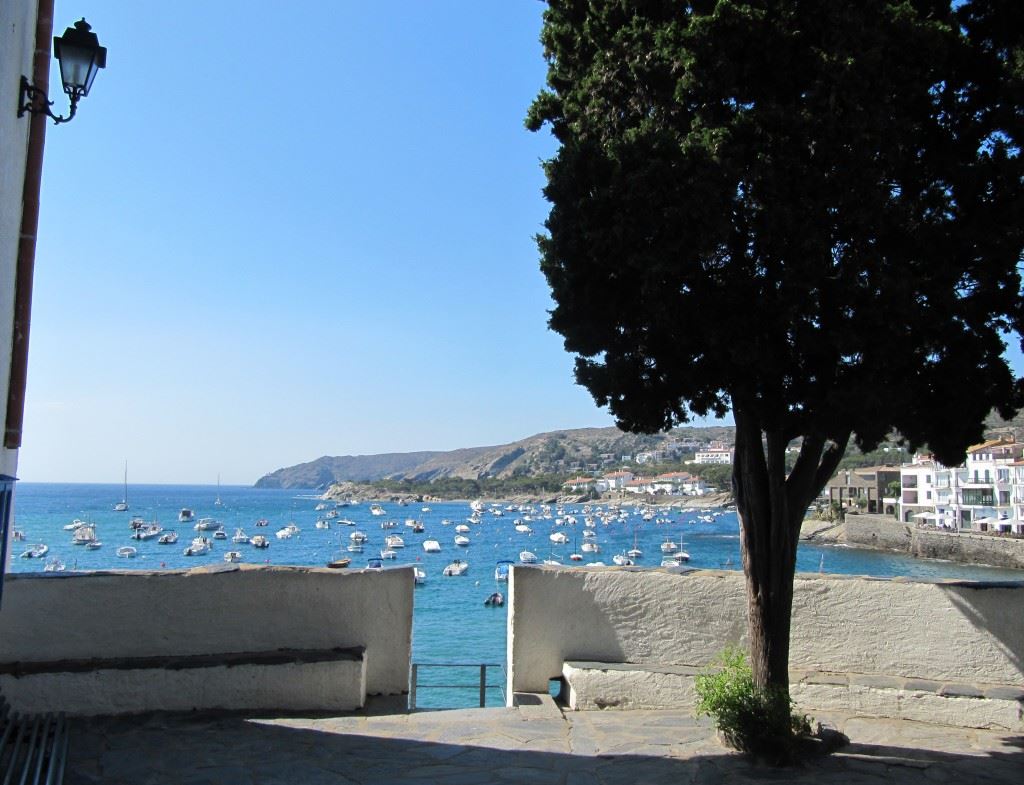
Park up in Cadaques and enjoy the view! Photo credit: Ajuntament via photopin (license)
4 White wine and seafood route – the Rias Baixas Galician coastline
If you’ve ever wondered where most of your seafood comes from in Spain – you should take in the Rias Baixas. Start in Carril to see the mussel platforms and the clam-pickers filling their blue buckets with the freshest of clams. Hug the coast and drive the peninsula to the Island of Arosa. When you’ve had a swim and eaten a platter of salted clams, head inland to the area around Cambados and visit one of the many vineyards – we like Pazo de Senoranz which has its own chapel on site and one of the longest raised granaries we’ve seen. This route can be taken as an add-on to Santiago de Compostela. (BTW We’ve put together many Camino themed driving routes of the Camino and if you are in the Rias Baixas you will be passing through the Portuguese route. We can guide you with the French and Northern routes also.)
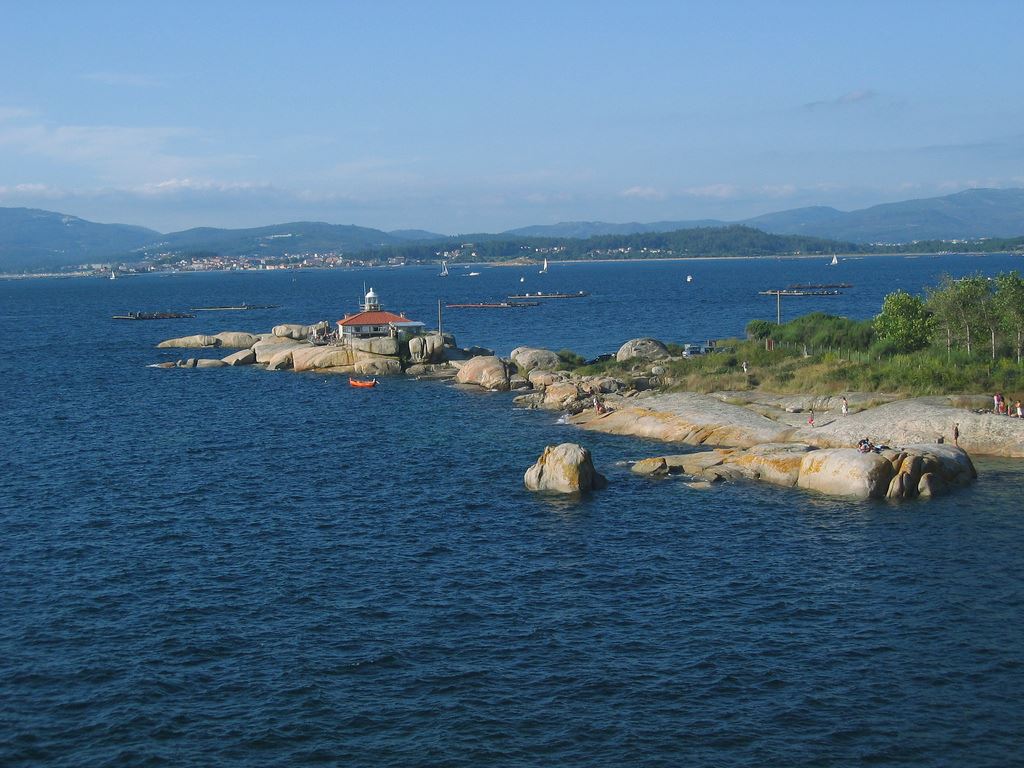
The lighthouse on Arousa Island which is reached by a long bridge from the mainland. Photo credit: Arousa Faro 2 via photopin (license)
5 The rolling hills and vineyards plus designer wineries in La Rioja & La Rioja Alavesa
We can’t talk about white wine without mentioning Spain’s reds. We have many great driving routes to the Rioja region. If we have to single out one section of road it would be the Rioja Balcony located almost at the top of the Puerto de Herrera mountain pass, on the road that links Vitoria with the Rioja Alavesa. This panoramic viewpoint offers a superb view of the entire Ebro Valley, with the eye seeing as far as the Sierra de la Demanda mountain range, capped by the Summit of San Lorenzo, which separates the provinces of Burgos and La Rioja. It enables one to see how all of the localities are situated on hilltops that overlook the surrounding land, and how all the fields are made use of to plant grapevines, wheat and assorted. When you come back down, take in a tasting at one of the wineries – many of them also have excellent restaurants!
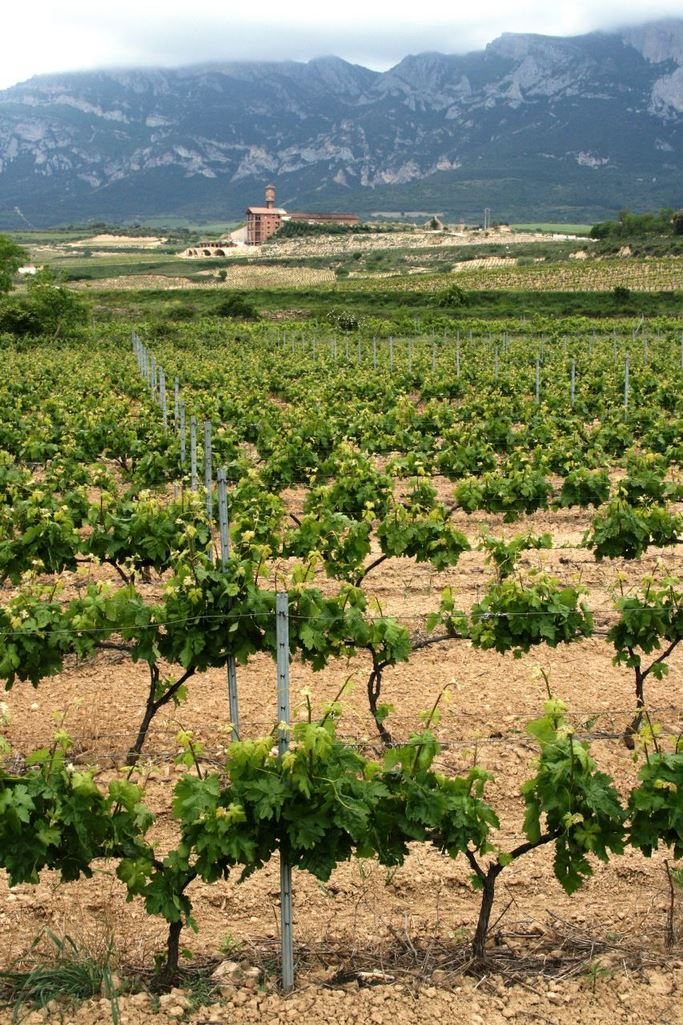
Weave your way around the Riojan winery and take in a tasting as well! Photo credit: Tierra de viñas via photopin (license)
6 Driving through History in Extremadura
One of Spain’s hidden treasures, this region is home to some of the oldest trading routes including the Ruta de la Plata – the Silver Route which runs from Astorga in Leon to Merida in Extremadura, offers amazing scenery and great places to stop over. We recommend Merida, Jarandilla de la Vera and Plasencia as well as the home town of the conquistadores, Trujillo. If you have time, extend your stay to see Caceres and if you are interested in the discoverers of the Americas, take in Medellin and Jerez de los Caballeros. If its flora you are after, take the road from Plasencia to Jerte – the valleys here are a riot of colour when the cherry tress blossom. Visit the Jewish quarter of Jerte if you have time.
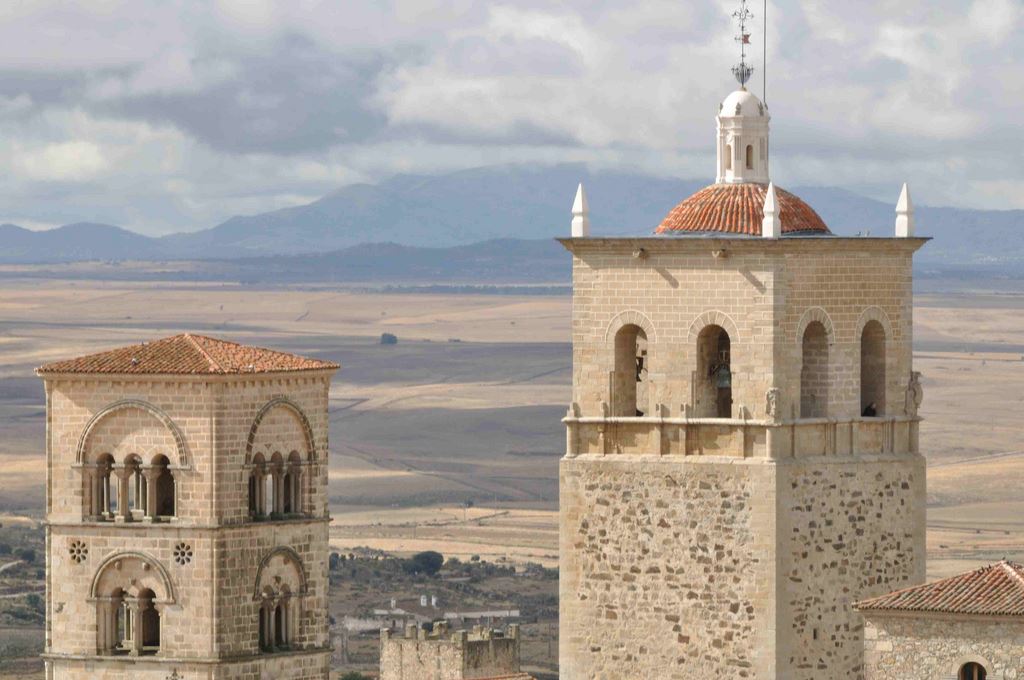
Along the Silver Way – Trujillo and its towers. Photo credit: DSC_0061 via photopin (license)
7 Weaving among the Narrow Streets – Arcos de la Frontera (and onto Zahara and Ronda)
In Seville or Jerez and looking for some open road? Arcos de la Frontera is a stunning walled town up on a hill. The drive itself is very pleasant. You’ll need to park below in the new part of town and walk up to the old white washed historic town centre to enjoy the best views. The Parador looks out on the valleys and is a great place for a rest. If you are keen for more kilometres, just one hour from here is the charming Zahara de la Sierra – the route offers amazing views and the white-washed village looks out over the sierras. Climb up to the 13th century fortress at the top if you are feeling fit – the views are worth it! If you have time, continue on to Ronda to view the 100m deep gorge.
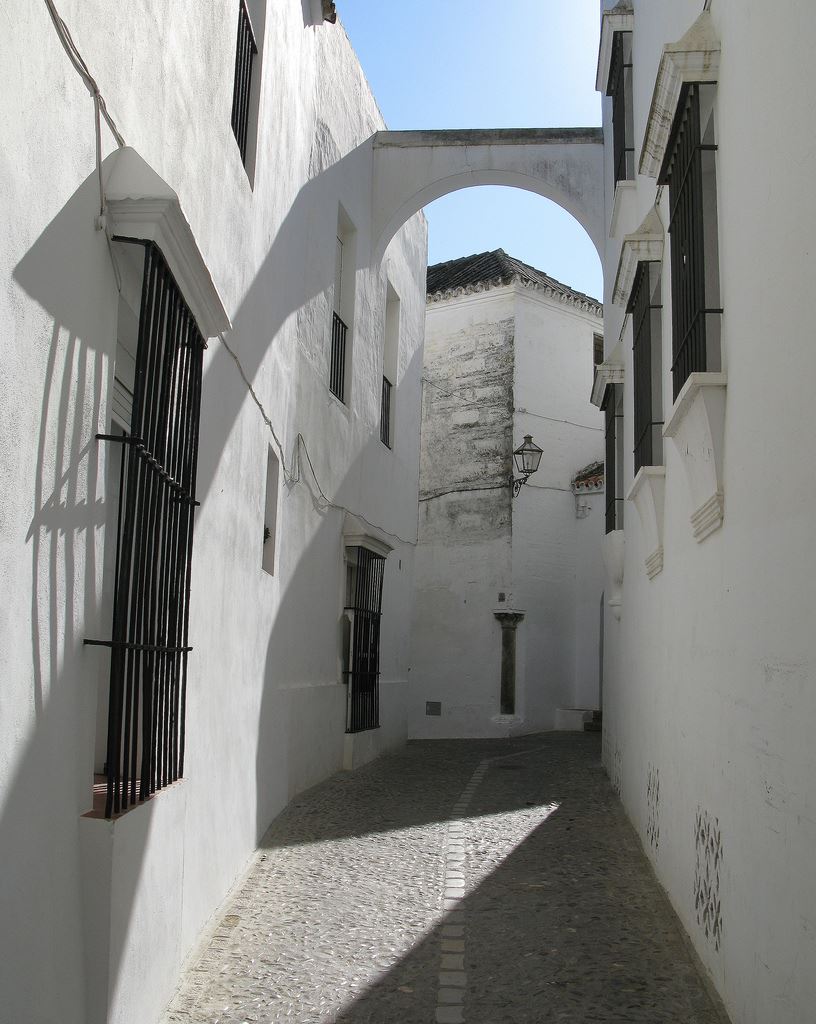
You’ll be glad you left the car in the new part of town when you see the narrow white-washed streets of Arcos de la Frontera. Photo credit: Arcos de la Frontera, Andalucia, Spain via photopin (license)
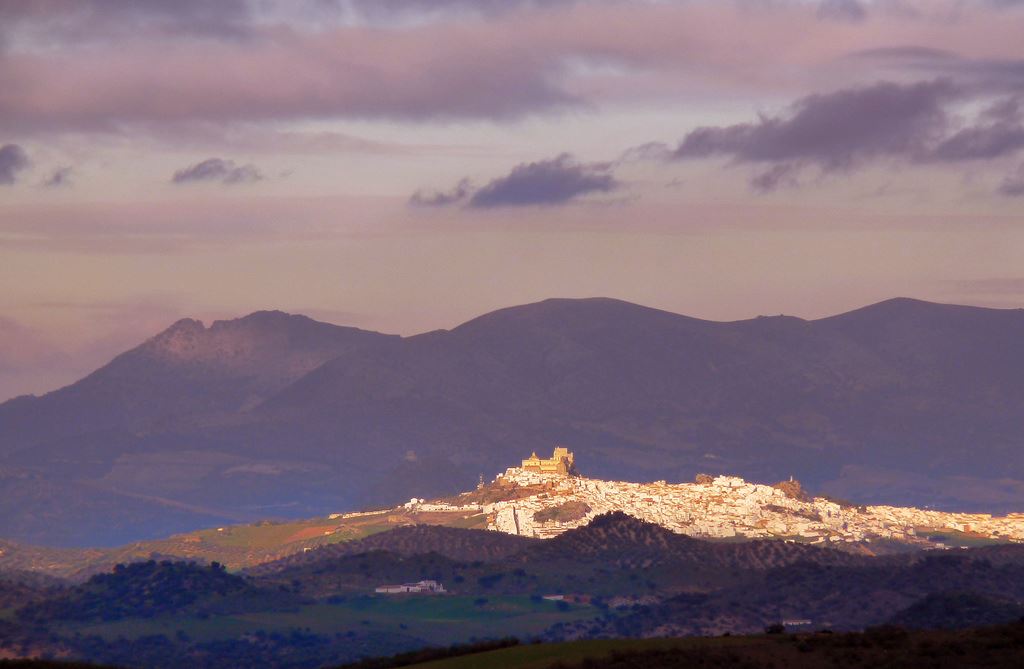
The sunsetting on Zahara in Andalusia. Photo credit: White town sunset 02 via photopin (license)
8 Driving Over Water in Bilbao, The Basque Country
It’s impossible to pick which of our drives we’ve enjoyed the most in the Basque Country– we lived for years in Vitoria and spent most of our weekends exploring the region. When the Guggenheim was first opened we used to love driving into the city and seeing how it looked in the different light – the titanium gives it great personality. We also like the red La Salve bridge that carries you above the museum – it’s pretty impressive and is well worth a drive over. Calatrava’s footbridge is also special. Although our favourite bridge is still the UNESCO-listed Hanging Bridge called Puente Bizkaia built in 1893. You can take your car in it – or just go as a foot passenger. Quite a sight especially for fans of engineering or the industrial revolution.
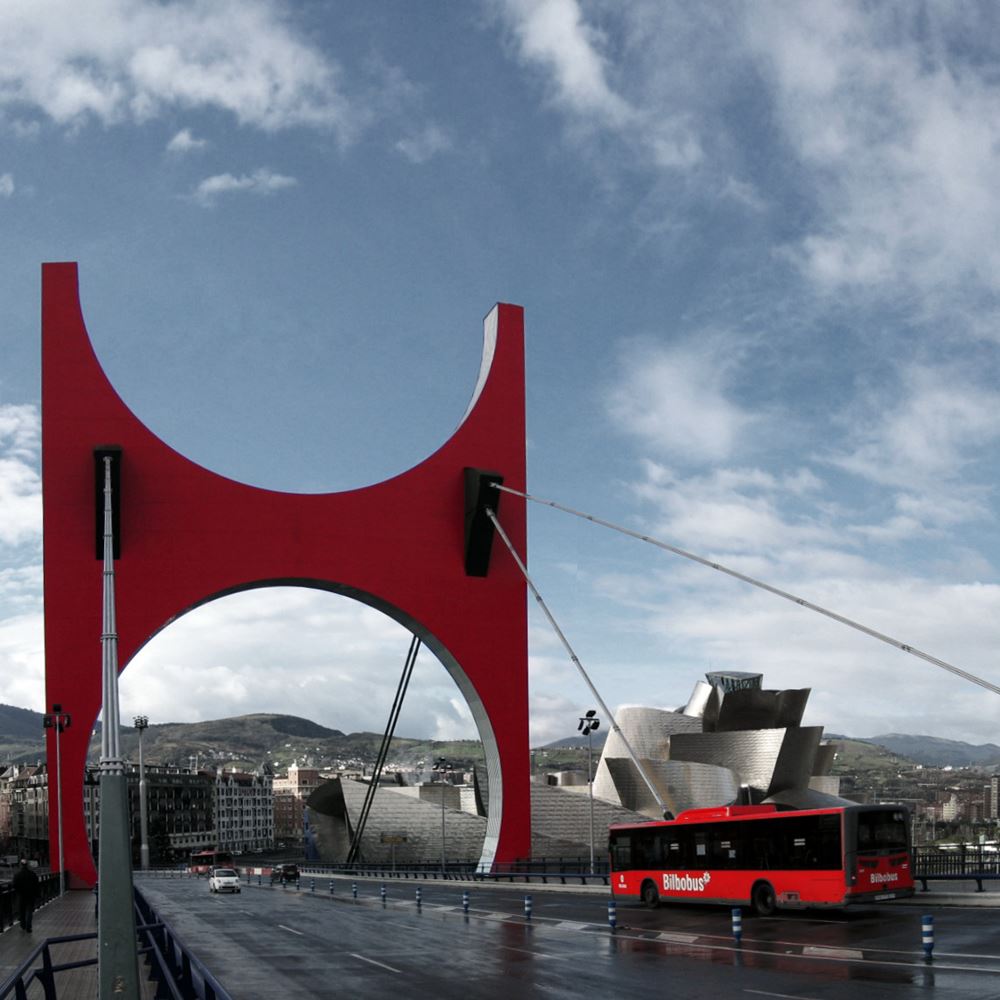
La Salve bridge beside the Guggenheim- one of the three bridges worth driving by in Bilbao.
9 Driving amongst the Rice Fields in Valencia
If you are travelling along the east coast of Spain, you’ll be spoilt for great landmarks. Make sure to see Valencia which is Spain’s third largest city. Take a trip to the next dimension at Calatrava’s City of Arts and Sciences. And for a complete contrast, drive south of the city to Albufera National Parkland – one of the largest freshwater parks in Spain where you can learn about the ancient cultivation traditions still in use such as the flooding of the rice fields. After weaving your way through the agricultural lanes and parkland, drive to the village of El Palmar for the best paella (only in Valencia will you find more than 30 restaurants in the one town specialising in rice!). Take a relaxing boat-ride after lunch on the lagoon where you can enjoy the wildlife of the parkland. From the waterside, you’ll also see the ‘barracas’ which are structures made from adobe with straw roofs. If you are staying in the Valencia area – you should also plan to visit an orange orchard to see and smell and perhaps even buy some of the juiciest citrus fruit you’ll ever see.
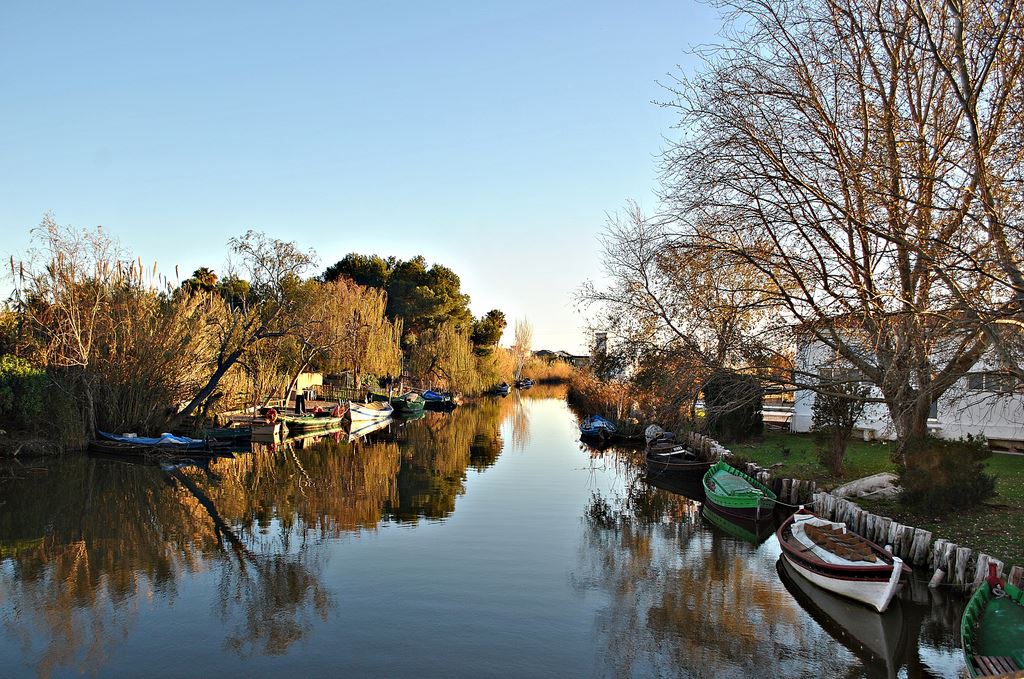
You’ll be swapping the car for a boat after trying paella at one of the waterside restaurants in El Palmar. Photo credit: EL PALMAR via photopin (license)
10 Pyrenees Heights
There are so many great driving routes in the Pyrenees national parks. In Winter, the ski resorts can be busy but in the summer you’ll find the tourism is more laid back. One of our favourite drives is from the Romanesque town of Vielha to Aigüestortes National Park. Lakes cover 15 percent of this park’s surface – and the reflections of the mountains and forests on the water make for perfection. The drive to the park is pretty spectacular and you can hire a jeep inside the park at Espot to explore the babbling brooks, streams, waterfalls, rivers, reservoirs, dams and huge glacial lakes. Take the cable car at Vall Fosca to scale the heights. Drive back to Vielha or stop by Arties or some of the other picturesque villages and towns.
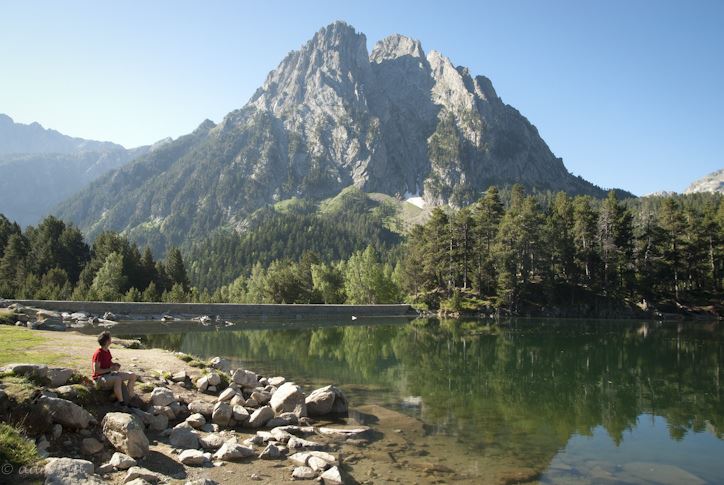
You can hire a jeep inside the Aiguestortes National Park in the Pryenees. Hiking is good too! Photo credit: AiguesTortes via photopin (license)
11 UNESCO-stamped Castilian elegance for a weekend
If you are based in Madrid and want to explore and enjoy Castilian charm, you should consider the triangle that is El Escorial, Avila and Segovia. Within an hour of the capital you’ll have left behind the city’s congestion and noise and be enjoying El Escorial’s palace built by Phillip II. After lunch, take the secondary roads (which is a lovely scenic route) and in less than an hour you will be at the beautiful walled city of Avila. Overnight here and in the morning, depart for the golden-hued Segovia. You can’t drive under the aqueduct any more but that doesn’t make it any less special. Enjoy the Sunday morning pre-lunch buzz and its famous suckling pig and drive back to Madrid early afternoon or go north east to Pedraza for a late afternoon stroll or coffee in a small Segovian town with a lovely central square before heading back to the capital.
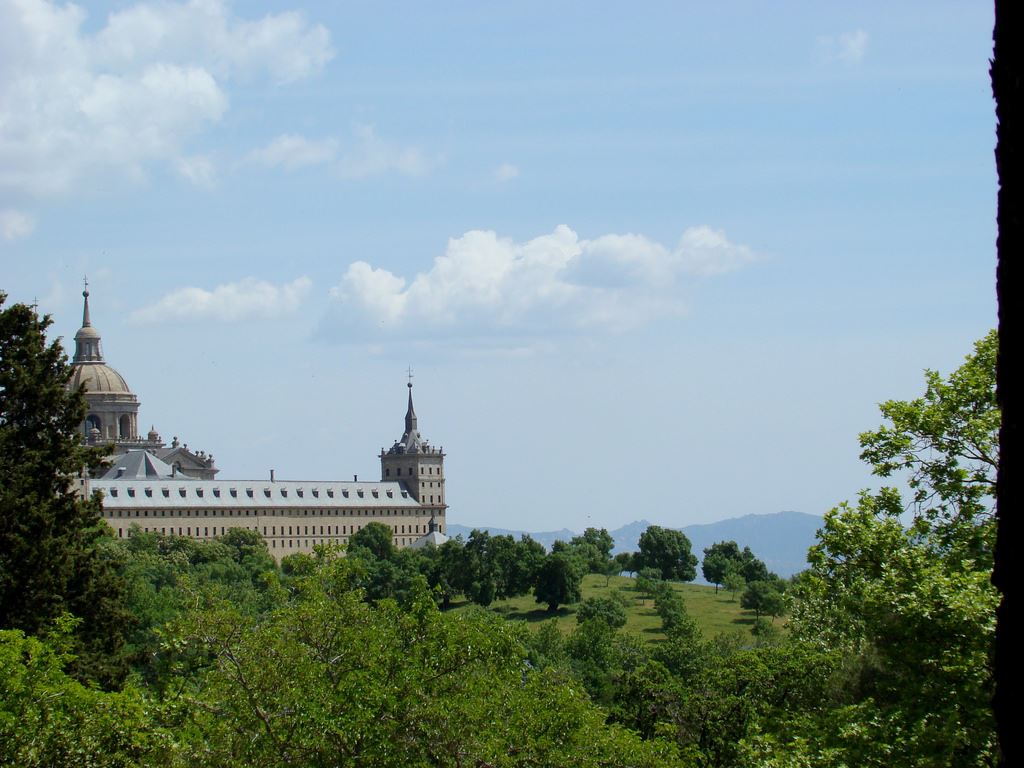
Your first stop with be at Philip II’s El Escorial less than one hour from Madrid. Photo credit: Casita del Infante 46 via photopin (license)
12 Madrid’s Castellana – Urban Driving in the Capital
Driving down the Castellana at night is pretty wild. You’ll find gridlock at the junctions at 2, 3 and 4 o’clock in the morning at the weekends as Madrid’s socialites take to the streets and move around the city. It’s even more exciting driving this stretch during the day but you’ll need your wits about you. Drive along the Castellana, take in the Gran Via and the Plaza de Espana. Loop back and drive down past the Museum quarter – circle the Retiro Park and zig zag around the Barrio Salamanca where you’ll find a better class of car. Have a look at this timelapse video of Madrid by night and get a sense of the movement of people and cars in Spain’s capital.
Tempted to arrange an Insider Driving Tour of Spain?
Get in touch with the experts at Totally Spain. Phone Spain on +34-942-637358, from the USA on 1-888-717-4514, and from the UK on 0871-6660214 or SEND US AN EMAIL or REQUEST A QUOTE
If you like what you’ve read and want to receive more ideas for trips to Spain, you can enter your email address in the box where it says “Subscribe to Blog via Email” and you’ll automatically get our new blogposts via email.